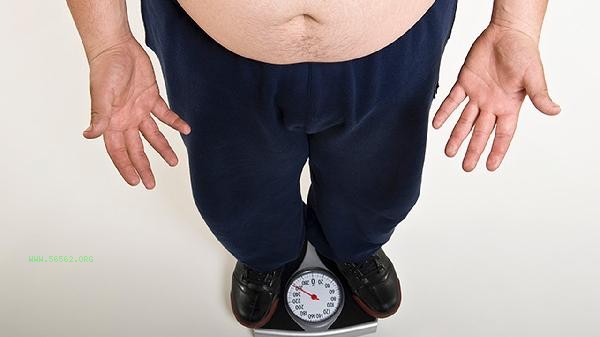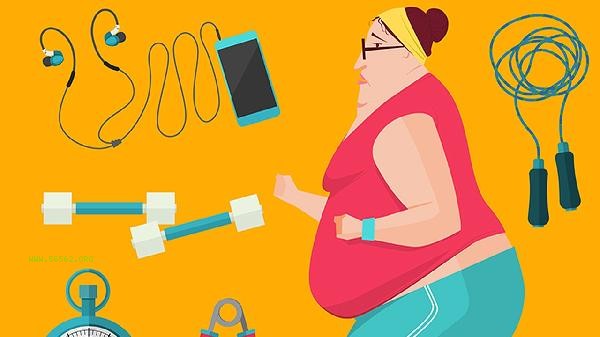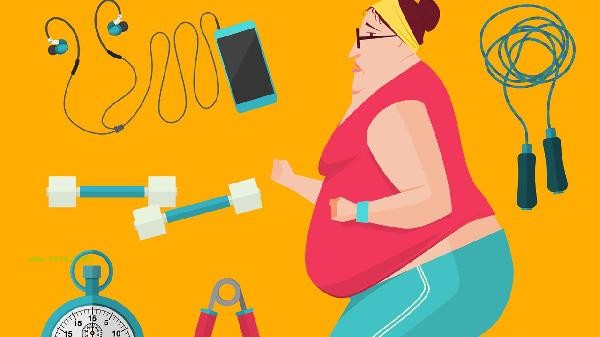During weight loss, it is recommended to consume meat and bones in moderation, but it is important to choose low-fat parts and control intake. Meat bones mainly provide protein, collagen, and minerals. Reasonable consumption can help increase satiety, but high-fat cooking methods should be avoided.

1. Preferred low-fat parts:
Parts with lower bone marrow content, such as pig bones and cow tail bones, are more suitable for weight loss individuals. Although bone marrow is rich in nutrients, it has a high fat content, with over 500 calories per 100 grams of bone marrow. It is recommended to choose parts with more meat and less bone marrow, such as bovine tendon or chicken skeleton.
2. Control the frequency of consumption:
It is advisable to consume 2-3 times a week, with a single intake of 200-300 grams of meat and bones. Excessive consumption may lead to excessive calorie intake, especially the need to be vigilant about saturated fatty acids in the bone marrow. Long term excessive intake may affect blood lipid metabolism.
3. Scientific cooking methods:

recommends low-fat methods such as stewing, blanching, and boiling soup, avoiding high calorie cooking such as braising and deep frying. Before making soup, blanch the bones to remove fat, and skim off the solidified fat layer on the surface of the soup after refrigeration, which can reduce fat intake by more than 60%.
4. Pairing with dietary fiber: When consuming [SEP], pairing it with high fiber vegetables such as winter melon and kelp can not only enhance satiety, but also delay fat absorption. Research shows that dietary fiber can reduce fat absorption in the diet by 15% -20%, which is beneficial for controlling total calories.
5. Pay attention to nutritional balance:
Meat and bones cannot replace other sources of protein and should be consumed alternately with fish, soy products, etc. The protein content in bone soup is limited, with only 1-2 grams of protein per 100 milliliters, much lower than consuming lean meat directly.
During weight loss, it is recommended to eat meat and bones during lunchtime, paired with half a bowl of mixed grain rice and two servings of green leafy vegetables. When drinking soup, prioritize consuming solid ingredients from the soup and avoid excessive consumption of high-fat soup. Two hours after exercise, it is recommended to supplement collagen in bone soup in moderation, which can help with joint repair. Gout patients should avoid drinking concentrated meat soup that has been boiled for a long time, and hypertensive patients should control the salt content in the soup. In long-term weight loss diets, it is recommended to monitor changes in muscle fat ratio through a body fat scale and adjust dietary structure in a timely manner.




Comments (0)
Leave a Comment
No comments yet
Be the first to share your thoughts!